Queen's Swan Marking takes to the Thames
- Published
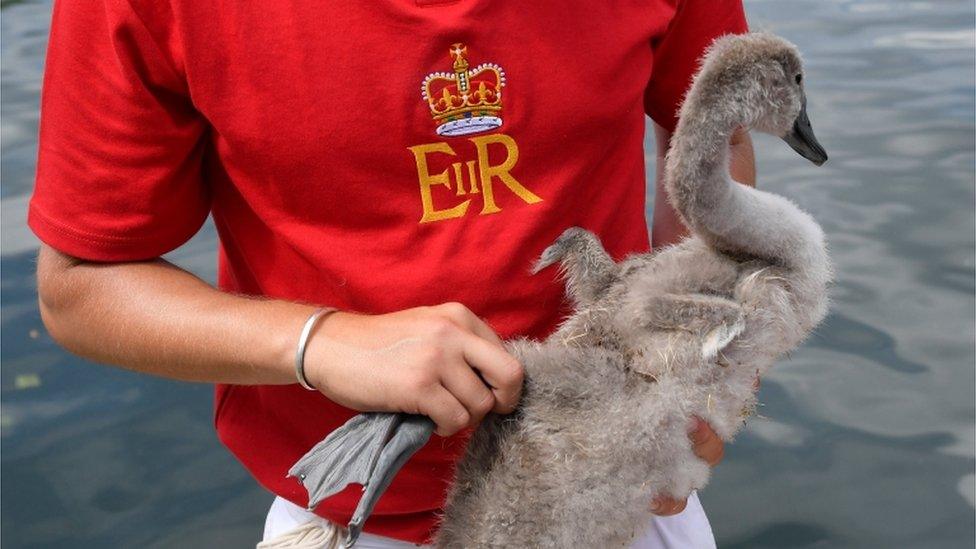
Swan Upping has been an annual ceremony on the Thames for hundreds of years
The number of cygnets on the Thames is "slightly lower" than last year as the annual census of the swan population on the river is under way.
In February, more than 30 swans from the Queen's Windsor flock died from an outbreak of bird flu.
The Queen's Swan Marker David Barber says after one day it looks to have only had a small effect on cygnet numbers.
Swan Upping dates to the 12th Century, when the ownership of all unmarked mute swans in open water in Britain was claimed by the Crown in order to ensure a ready supply for feasts.
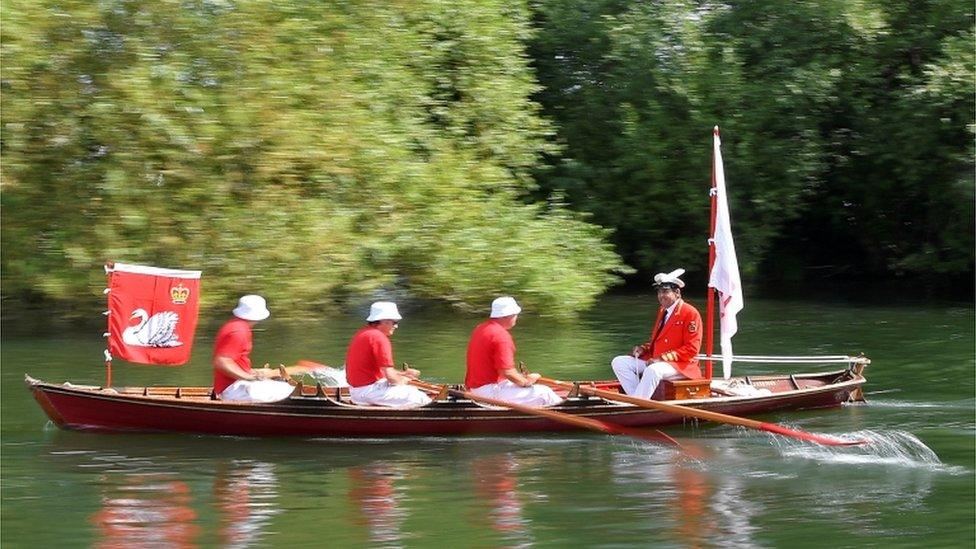
The Royal Swan Uppers, who wear the scarlet uniform of The Queen, travel in traditional rowing skiffs
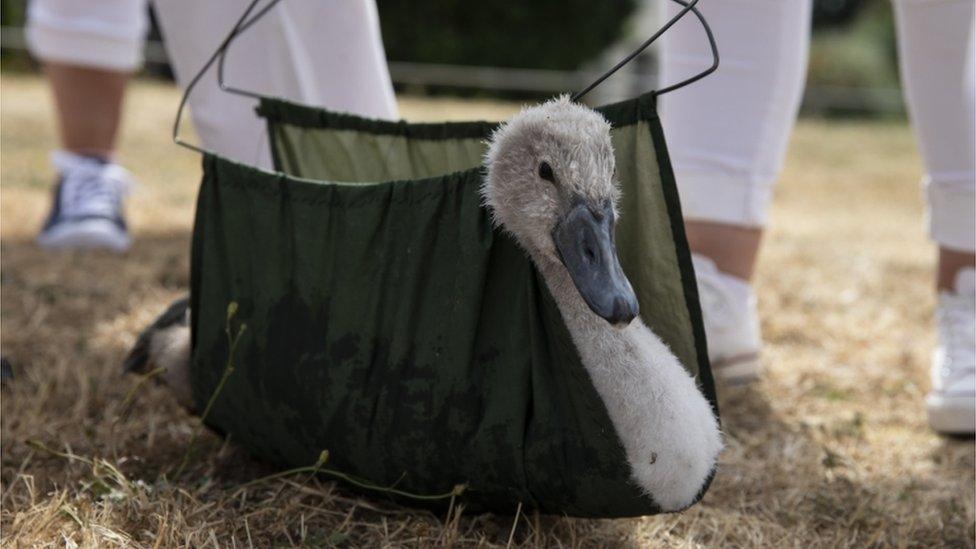
The Swan Uppers weigh, measure and check the cygnets for any injuries
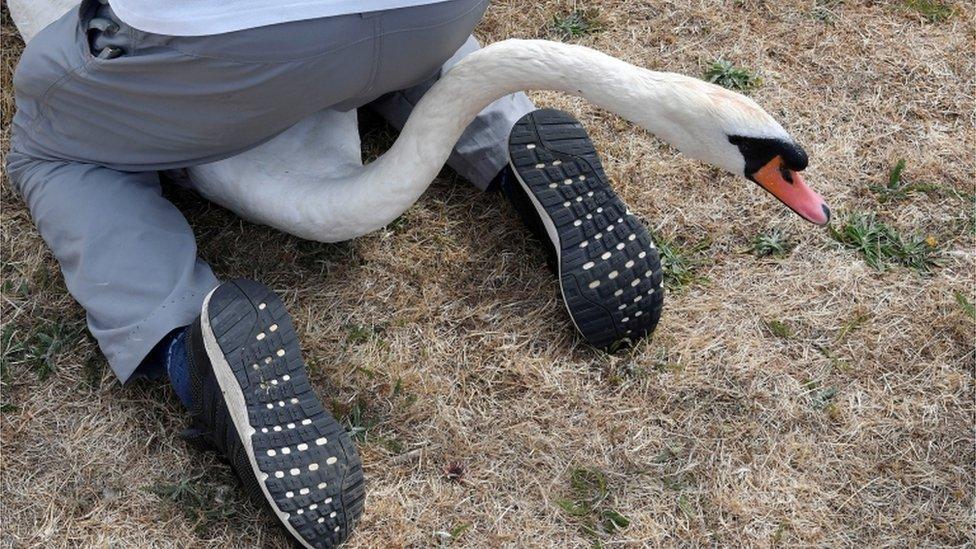
Swan Upping helps both adults and cygnets that might otherwise go untreated

Once checked, officials release swans back into the water
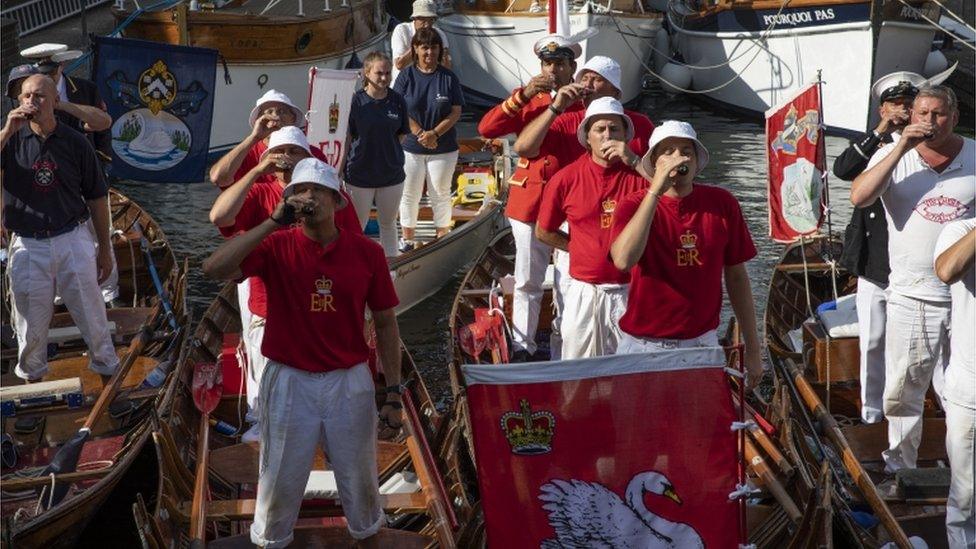
Swan Upping teams raise a toast to the Queen at the end of the first day
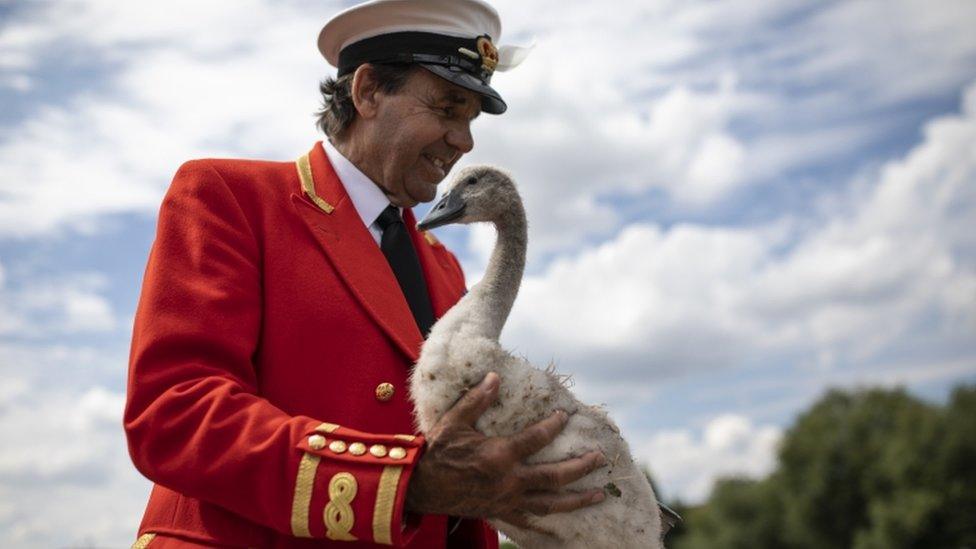
The Queen's Swan Marker David Barber says the numbers are slightly lower than last year
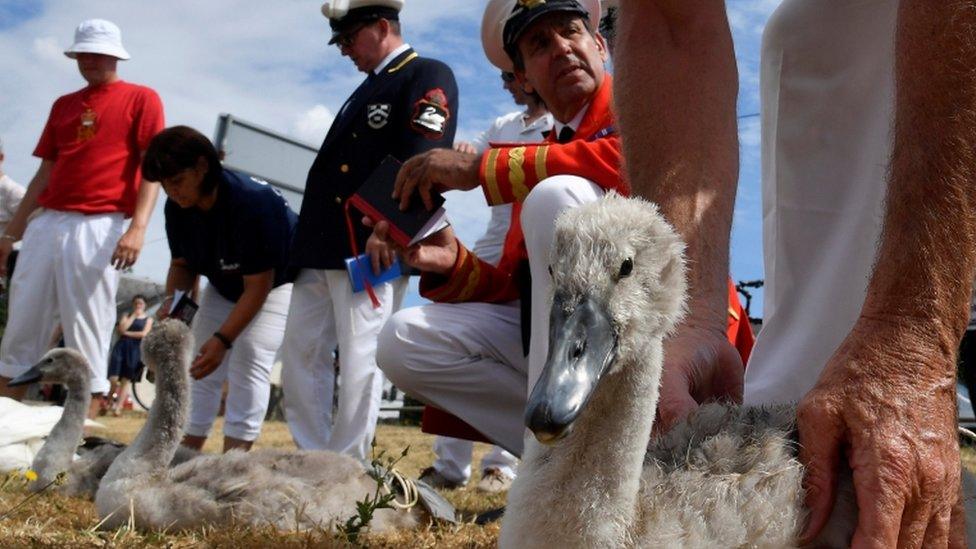
The journey takes five days, travelling from Sunbury, Surrey to Abingdon Bridge, Oxfordshire
You may be interested in:
- Published16 July 2017
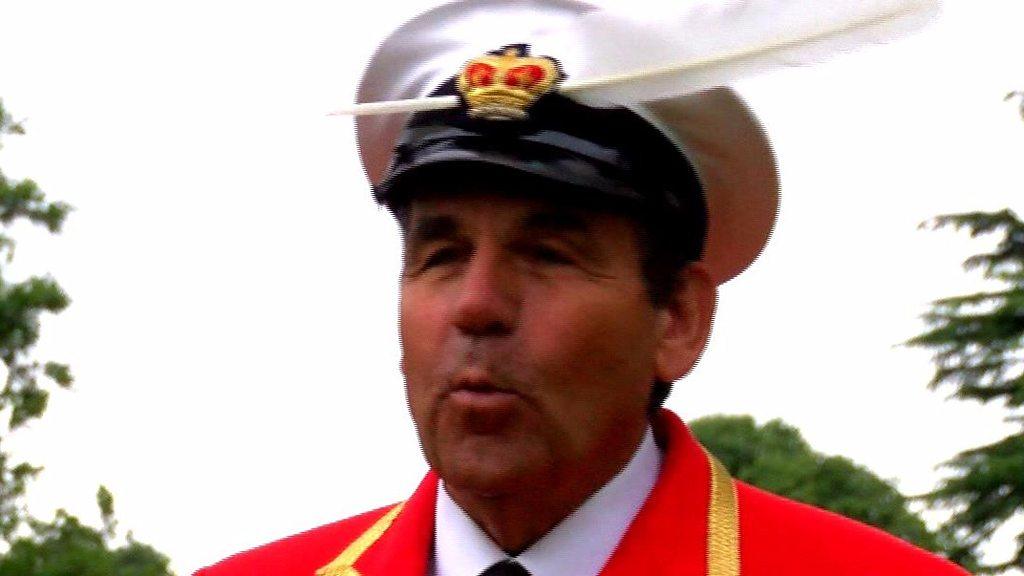
- Published19 July 2016
- Published7 February 2018
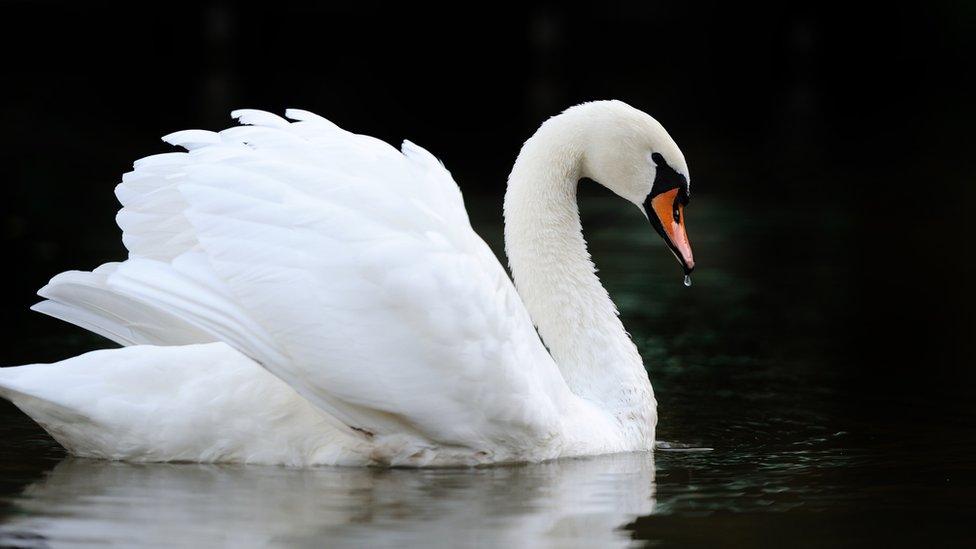
- Published5 February 2018
